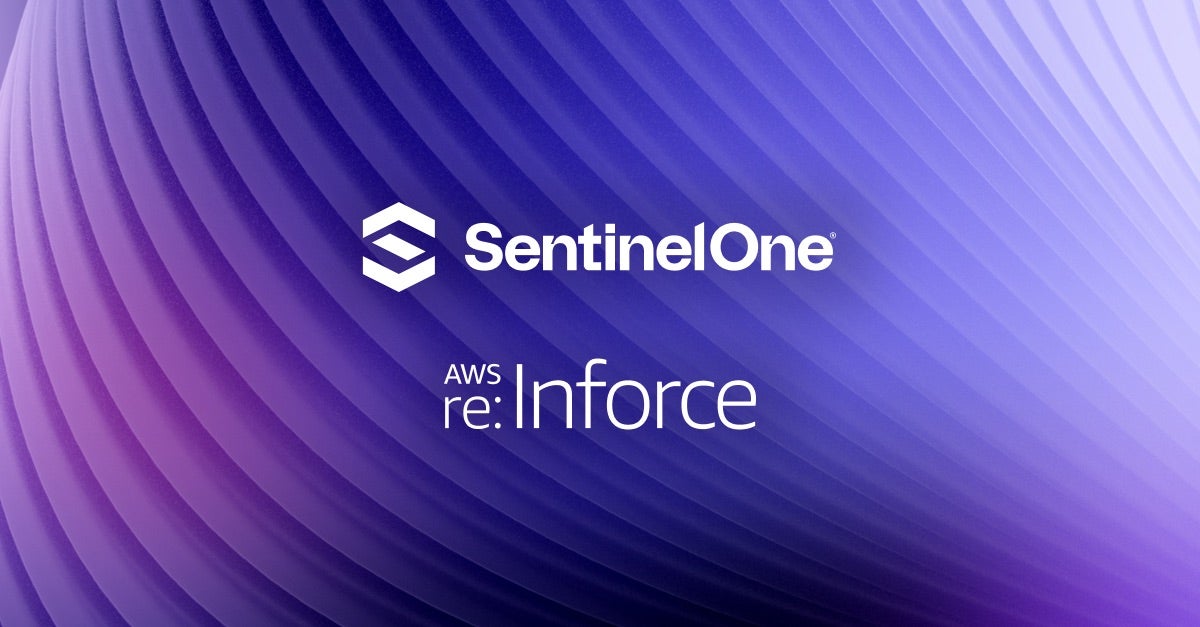Securing the Quantum Frontier: S Ventures’ Investment in Infleqtion
SentinelOne Demo
Singularity™ Product Tours - Explore the Singularity Platform Cybersecurity Built for you.
Official Root Cause Analysis (RCA) for SentinelOne Global Service Interruption – May 29, 2025
Caught in the CAPTCHA: How ClickFix is Weaponizing Verification Fatigue to Deliver RATs & Infostealers
Prioritizing CVEs in the Cloud
Reimagining Data Security: Why SentinelOne is Investing in Theom.ai
Anti-Ransomware Day 2025: 10 Years of RaaS and the Making of a Billion-Dollar Business
Mothers of SentinelOne Balance Cybersecurity & Parenthood
100% Detections. Zero Delays.
Five Years in a Row.
Five Years in a Row.
SentinelOne sets the standard in the latest MITRE ATT&CK Evaluations: Enterprise with 100% detection accuracy. Alert clarity and quality. Zero detection delays. See our results.
